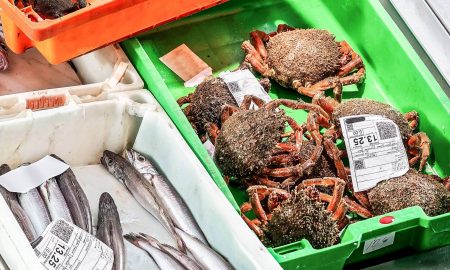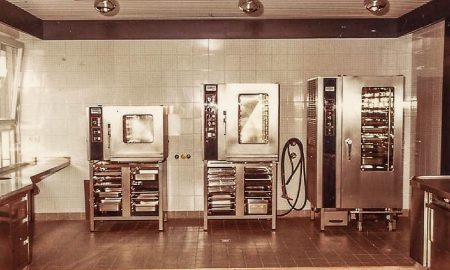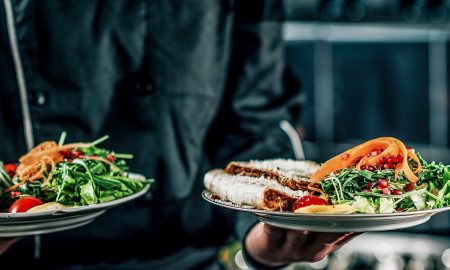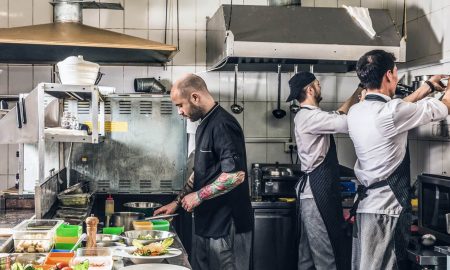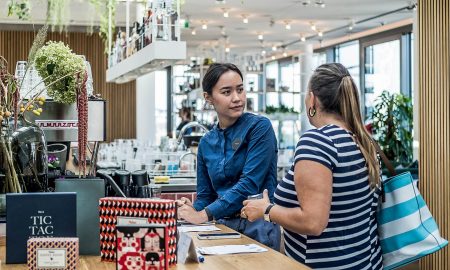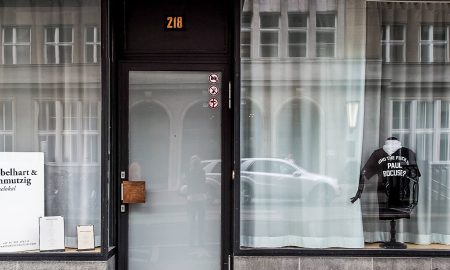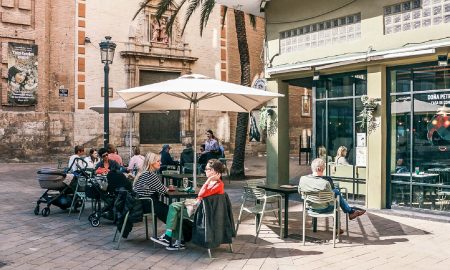A hot topic across the globe, with numerous governments regulating for change, China announced in January that it will ban all single-use plastic items across the country by 2025. This follows news that the country’s largest refuse dump is already full, 25 years ahead of schedule.
Littering not just our environment but also our food, the impact on the foodservice industry has not been insignificant. Having proliferated its use as a way to safely preserve and transport food and drink, maintaining quality and freshness, manufacturers and suppliers in the foodservice industry now find themselves at the center of the debate.
As voices young and old call for a sea change in our attitude to single-use plastic in particular, companies are struggling to keep up with the required pace of change in a way that still meets consumer demand for consistently high-quality services.
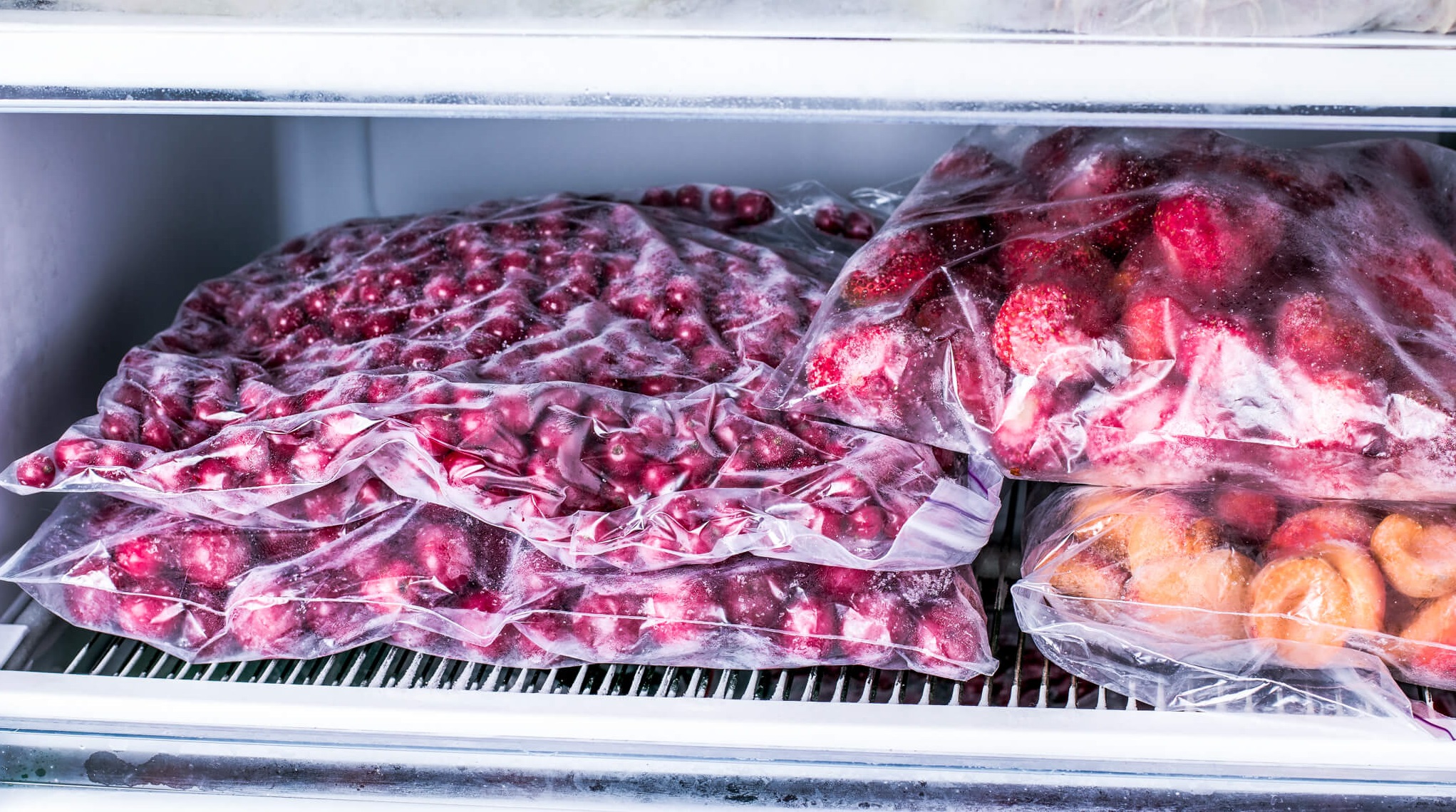
Image: Adobe Stock | qwartm
The last straw
The more high-profile cases include the backlash against US giants Starbucks and McDonald’s when they announced they were ditching plastic straws back in July 2018. While these were replaced with a new style of lid and paper straws respectively, there were complaints that the paper straws weren’t sturdy enough and suggestions by some groups that the move didn’t take into consideration the needs of those with disabilities.
What’s more, when McDonald’s introduced a thicker paper straw in response to complaints, it was found the more durable option could not yet be widely recycled, actually adding to the general waste problem.
Since then, paper straws of varying thickness have become the norm in numerous foodservice establishments, and other plastic free alternatives such as metal, glass and bamboo straws have grown in popularity among individuals.
“The social consciousness of consumers is only growing,” explains restaurant consultant Arlene Spiegel FCSI, president of Arlene Spiegel & Associates, Inc. in New York. “Operators can no longer use styrofoam, plastic or straws that are bad for the environment.
“This is forcing operators to think about everything they do and how it impacts on the guest experience, both positively and negatively.”
This social consciousness has also led to a rise in reusable cups. While travel mugs and flasks have been around for decades, companies such as KeepCup (Australia) Ecoffee Cup (UK) and Stojo (US) have done particularly well in this newly revived market, encouraged by various incentives offered by coffee houses, even to the point of creating branded options.
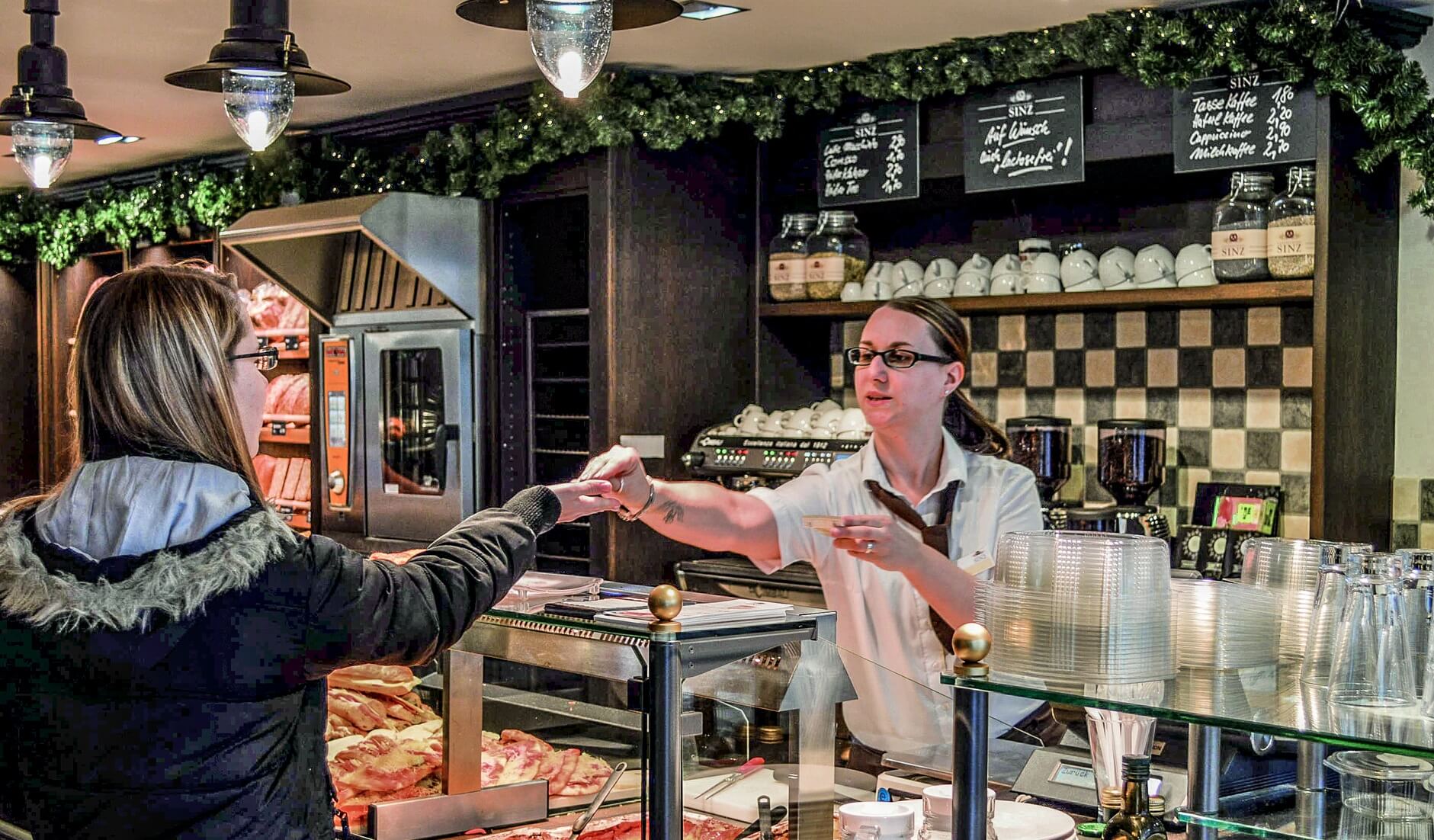
Image: Landbaeckerei Sinz
From extra loyalty stamps in Nero to money off in Pret A Manger, high-street coffee chains in the UK are recognizing the value to be found in promoting more sustainable choices.
“We are committed to limiting the impact we have on the environment and reducing our coffee cup waste is one of our biggest priorities,” said Ellen Jones, head of sustainability at Pret. “We’re tackling the challenge in different ways, such as incentivizing people to bring in a reusable cup, setting up coffee cup recycling points in-shop, and also introducing crockery for our dine-in customers. We know there’s still more work to do but the results to date are promising.”
In January 2018, Pret doubled the discount for customers who bring in their own reusable cup to £0.50. The coffee chain now serves over 150,000 drinks in reusable cups every week and is estimated to have saved over 10 million paper cups.
This approach is backed up by research undertaken by Cardiff University and UK coffee roaster Bewley’s in 2016. An estimated 2.5 billion disposable coffee cups are used in the UK each year, creating approximately 25,000 tons of waste. The research found that this could be reduced by between 50 to 300 million cups a year, given the right combination of incentives.
This included financial incentives, re-usable alternatives and clear messaging reminding customers of the environmental impact of unnecessary waste. Surprisingly, the most effective method was actually a charge on using a disposable cup, rather than a discount for bringing your own.
Waste not, want not
But how does implementing such a large-scale change affect foodservice? Reducing the use of disposable cups and plastic items is just one of the steps UK independent hospitality caterer CH&Co is taking to become more sustainable.
“In hospitality, we have an opportunity to lead from the front on reducing plastics and this is a challenge and responsibility that we have embraced,” says Emma Hill, group head of food, health, safety & environment, CH&CO. The company takes a holistic approach, educating teams on single-use plastic reduction and recycling best practice, and working with suppliers to replace plastic packaging with more easily recyclable options, including glass, paper and corn starch.
“Looking at the bigger picture and identifying all opportunities to reduce plastics, rather than tackling individual items one at a time, enables us to make a much bigger impact,” explains Hill. By understanding the continuous lifecycle of products and how they are linked, the company can develop meaningful strategies in partnership with its clients that take CSR, logistical capabilities and cost implications into consideration.
This includes recognizing the importance of having waste streams that support sustainability objectives. “For example, there is no point in investing in compostable cups if the waste stream in place is not able to process them and they end up in land fill,” says Hill. “This may seem obvious but it’s not necessarily the case that a non-plastic alternative is better for the environment.”
Within 12 months, the company has saved 1.3 million plastic bottles and achieved a reduction in plastic waste of 25 tons.
Some chefs, however, are taking a more extreme approach. Vegan restaurant Frea in Berlin is proud to be completely zero waste. There are no rubbish bins on the premises, with all waste instead being composted on site into a soil substitute that is then returned to the farms that supply Frea’s produce.
This is possible because Frea buys predominantly local, fresh ingredients, and so is able to avoid plastic packaging. It’s also the reason it offers a seasonal menu that is completely plant-based, in order to keep its ecological footprint as small as possible.
Frea’s head chef, Norweigan-born Halfdan Kluften previously worked with British chef Douglas McMaster at his zero-waste restaurant Silo in Brighton. Now relocated to London, Silo aims to prove that it’s possible to deliver delicious food while demonstrating that sustainable restaurants are financially viable.
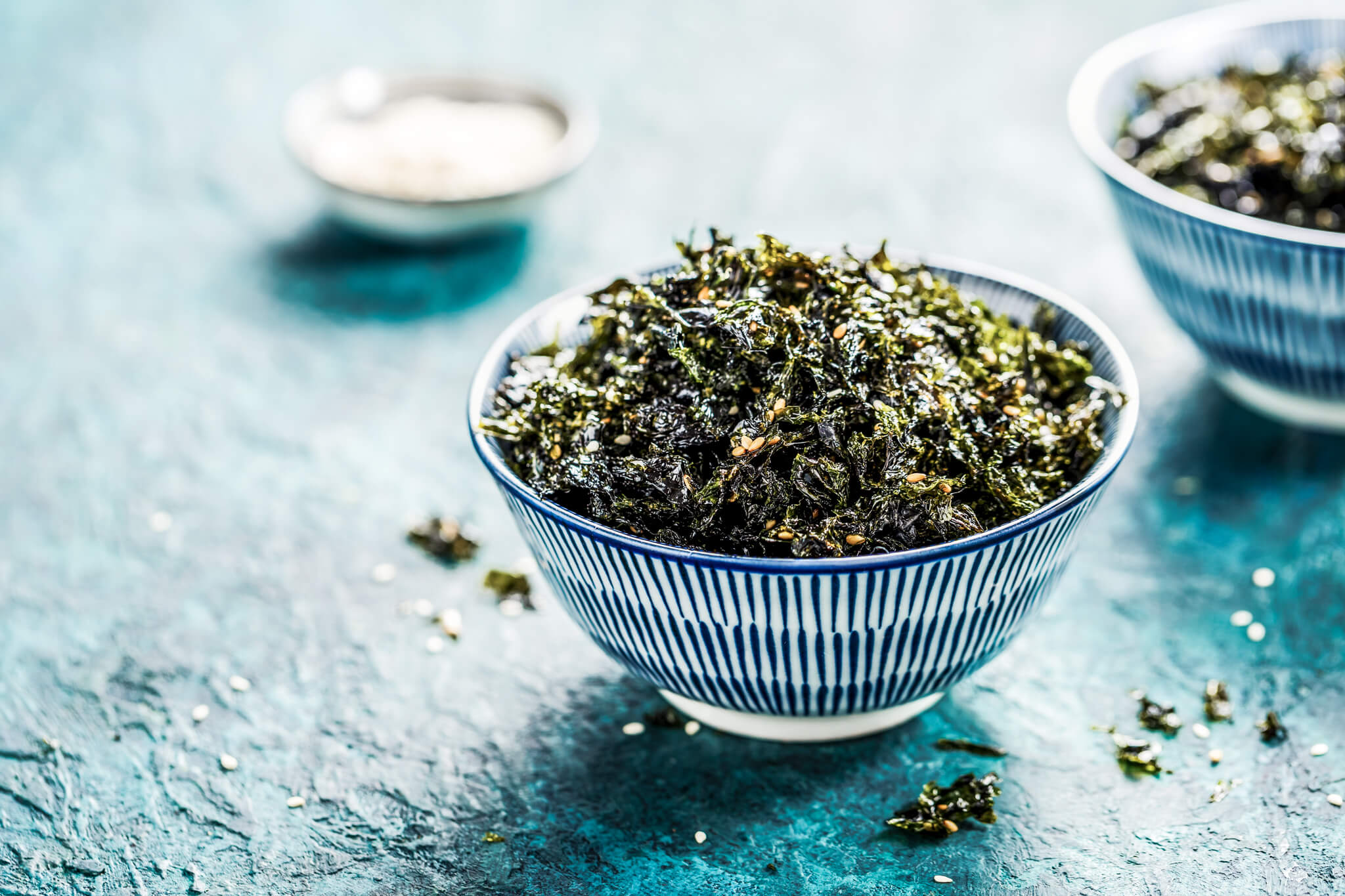
Image: AdobeStock | valya82
Turning the tide
As we fight for a more sustainable future, the stories of restaurants and suppliers that have successfully switched out plastics and are working to reduce their carbon footprint give hope to an otherwise hopeless task.
Bringing us full-circle, Starbucks is one such company that has recently doubled its commitment to the environment. Pursuing what it describes as a bold, multi-decade aspiration to become resource positive and give more than it takes from the planet, Starbucks has set a number of targets for 2030, including cutting carbon emissions, water use and waste sent to landfill by 50%.
Commitments like these show that there are many ways in which the foodservice industry can work together to ensure effective reduction and increased recycling of single-use plastic. Will you join the revolution?




